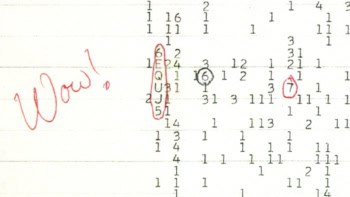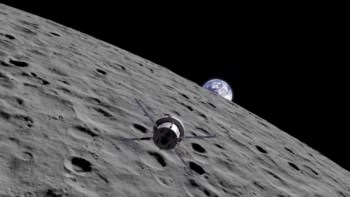
Most exoplanets lying in the habitable zones around stars are in fact inhospitable to plant life as we know it. That is according to a new study from microbiologists and astronomers at the University of Georgia who say that taking into account the light a planet receives as well as its ability to hold liquid water is a better definition of whether life could exist on other planets.
The Habitable Zone (HZ) is traditionally defined to be the range of distances around a star where an exoplanet can support liquid water on its surface. Too far, and the planet remains frozen like Mars. Too close and the oceans evaporate, as happened to Venus. The zone in the middle is neither too hot, nor too cold, but just right – the so-called “Goldilocks zone”.
Nothing certain is known about the properties and requirements of alien life. However, there are generally two schools of thought in astrobiology. One is that evolution on other planets can figure out ways to sidestep seemingly insurmountable barriers to life as we know it, while others claim that life is everywhere bounded by the same universal physical principles, and can thus only operate a certain way, similar to as on Earth.
The researchers started from the latter premise and introduced a “Photosynthetic Habitable Zone” (PHZ) – the area around a star where not only liquid water can exist, but where there is also sufficient light with wavelengths between 400 and 700 nm. The latter is necessary to generate a surplus of oxygenic photosynthesis – the energy source of all plant life on Earth.
“Oxygenic photosynthesis is crucial for the search for life in the universe. If we are going to recognize signs of life on an alien world, it would probably be a biosignature such as a substantial atmosphere that is oxygen-rich, because that is difficult to explain [without living organisms],” lead author Cassandra Hall from the University of Georgia, told Physics World. “The PHZ is more practical in some sense than the HZ because it provides a more comprehensive picture – not only is liquid water possible in the PHZ, but also Earth-like oxygenic photosynthesis, which we know for certain is capable of transforming a planetary atmosphere into one full of biosignatures.”
While it is possible that life on other planets evolves to photosynthesize beyond these wavelengths, there are compelling physical reasons to believe that this range may be universal. Water, for example, is highly transparent to light at photosynthetically active wavelengths, whereas beyond these wavelengths absorption rapidly increases, making oceans opaque to light from outside this narrow gap – a strong incentive for ocean-borne organisms to photosynthesize within the same ranges as on Earth.
Detecting biosignatures
The team also found that photosynthetic life may be less likely on planets larger than Earth. This is because their thicker atmospheres would block much of the useful light before it can reach the surface. These “super-Earths” and “mini-Neptunes” were previously considered to be potentially suitable abodes for alien life given that their thick atmospheres can produce snug, beneficial environments, even at greater distances from the host star. Hall and colleagues suggest instead that observable life is more common on small, Earth-like exoplanets with more tenuous atmospheres.
The detection of biosignatures in exoplanet atmospheres requires significant telescope time so the researchers hope their work will be used to direct observational resources towards planets more likely to show life. Seeing the Earth through alien eyes: an extraterrestrial view of our planet
While the James Webb Space Telescope only has limited capabilities to study exoplanet atmospheres, planned telescopes such as the 39 m European Extremely Large Telescope in Chile will soon be able to effectively hunt for oxygen on exo-Earths through transit spectroscopy. Even more ambitious is the Habitable Exoplanet Observatory concept mission at NASA, which would be able to directly image exoplanets and characterize their atmospheres.
The results are due to be published in Astrophysical Journal Letters.



